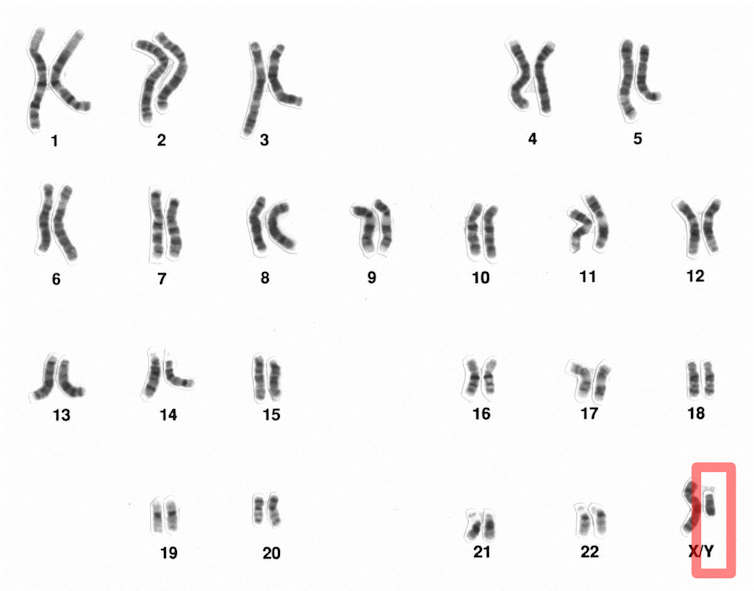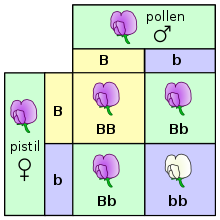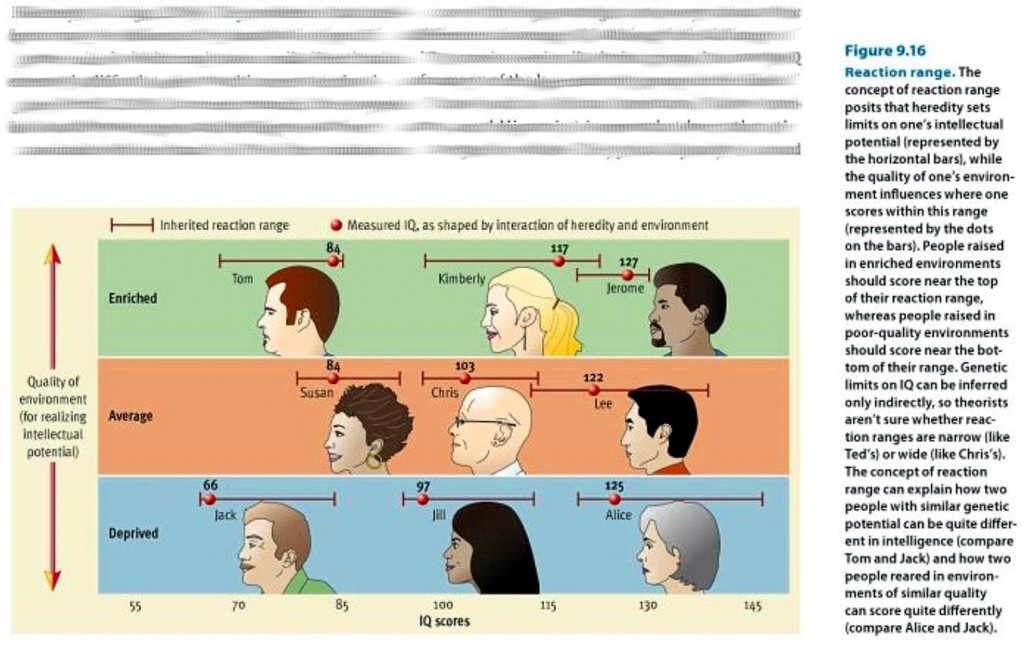Biological and Environmental Foundations
Textbook Ch 2
The beginnings of Ontogeny
- Everyone began life as a single fertilized cell (zygote) which contained our entire genetic code
- Each of us carries a “genetic code” from our parents
- This single cell then begins to divide…

Mitosis
- All body cells (except the sperm and egg)
- 46 chromosomes in 23 pairs
- Body cells reproduce by a process called mitosis
- (except sperm & egg - meiosis)
- During mitosis, the cell’s nucleus -including the chromosomes—duplicates itself and the cell divides
- 2 new cells are formed, each containing the same chromosomes, genes, and DNA as the original cell


Deoxyribonucleic acid (DNA)
- Chromosomes: thread-like structures made up of deoxyribonucleic acid (DNA)
- DNA is a complex molecule that has a double helix shape, like a spiral staircase, and contains genetic information
- Any 2 humans are 99.6% identical in their DNA!
- Vanishing influence of ancestry




"Adam" and "Eve"
- Y-chromosome Adam: ~120-156 thousand years ago
- Mitochondrial Eve: ~150 years ago
- Before human dispersion across planet
- Subsequent "bottle necks" may explain low genetic variance in humans

Genes & DNA
- Genes are segments of DNA
- ~20,000 genes in the humans
- Genes direct cells to
- reproduce themselves
- assemble proteins (100,000 in the body)
- Proteins: the building blocks of cells and life
- Regulators that direct the body’s processes (Mader, 2008)

Proteins, bro💪
- These 100,000 proteins, once produced, determine many physical characteristics
-
Genotype is translated into the Phenotype
- Environment
- Natural Selection: the phenotype which “fits” the environment will successfully reproduce, passing on the genotype

Patterns of Inheritance
-
Dominant and Recessive genes
- Punnett square
- Carriers
- Incomplete Dominance



Sex and intersex
- 23rd pair known as "sex chromosomes". XX/XY
- Y chromosome has sex-determining region Y (SRY) protein
- X-linked and y-linked
- XXY: Klinefelter syndrome
- XO: Turner’s syndrome
- XXX: Triple X syndrome
- XYY: XYY syndrome
- XX SRY-positive karyotype
- XY: Androgen insensitivity


Autosomal (Non-Sex) Chromosome Diseases
- Phenylketonuria (PKU): individual cannot properly metabolize phenylalanine, an amino acid
- Recessive
- Sickle-Cell Anemia: impairs the body’s red blood cells
- Recessive (not typical D-R expression)
- Huntington Disease: central nervous system degeneration
- Dominant

Studying impact of heritability
- Kinship Studies
- Identical and Fraternal twin studies
- Limitations
- Societal/environmental factors


How do Genes interact with the Environment?
Theories
- Reaction Range- Genes offer range of reaction to the environment

Theories
- Reaction Range- Genes offer range of reaction to the environment
- Canalization- restrict outcomes
- Gene-Enviro correlation
What if I told you, the environment can change genetic expression and inheritance regardless of genotype?

Tune in next time for epigenetics and prenatal development!